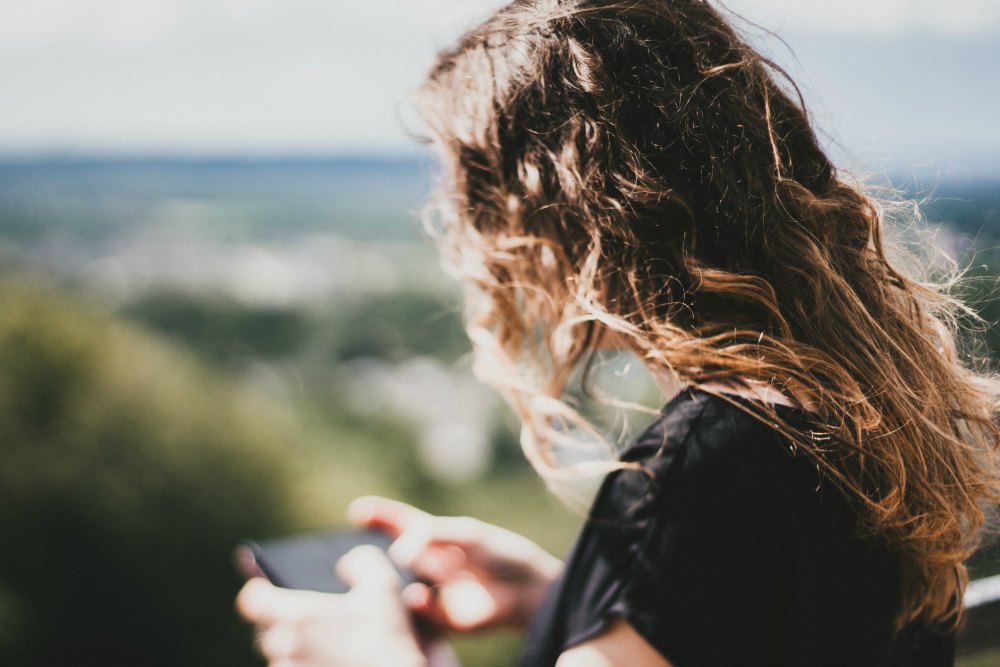It took me six months to figure out how to turn on the caps lock on my smartphone.
That probably seems like a very small deal and you would be right. No one cares when writing a text that you use proper capitalization and most the time it will autocorrect for you. Given the atrocious grammar crimes you see on social media these days, being unable to type a capital A in the middle of a sentence hardly seems like much to fuss about.
So why do I bring it up? Because this 17-year-old high school dropout is making millions of dollars a year with an app he created while bored in science class. He lives in an apartment in New York that costs him $5000 per month. He moved from his hometown of Sydney to live in the US entirely on his own income.
It is difficult for me to fathom that level of success in someone so young. But when I look at my own children and I see how quickly they pick up on literally anything technology related, I realize that there is something very special about today’s generation.
Generation Z and the Age of Innovation
I personally believe that every generation has a unique quality that makes it amazing for its time. Generation Z, however, never fails to leave me utterly astounded.
Let’s take a look at some of the differences for those growing up in today’s world. For one thing, they are the first generation that have lived with technology on a modern scale. Many of us remember the early days of the internet when it took an hour to download a 30 second music clip from a fan website. Others still remember the days before the web, or when cellphones were giant bricks, or when there were no phones not attached to a cord in the wall.
Not only have Millennials and Post-Millennials embraced technology, they have made it entirely their own and created a new economy and way of life. Though it started with the kids of the 90’s, the Naughties are quickly taking up the banner and doing amazing things that show the true innovation of their time.
I watch this in my own children. They can get onto a computer and find information on literally any subject. They show me how to protect myself on the web (a turnaround from my obsessive monitoring of their activities in childhood). Most of their school work is online based and they not only have resources I couldn’t have dreamed of when I was their age, but they make their own to share with others.
The Self-Centered Masses
For years I have read articles, opinion pieces and social media rants claiming that the modern generation are self-centered, uncaring and cynical. That their brains are clouded by social media trends and expectations. That is in addition to claims that teenagers today are lazy, unmotivated and a number of other unflattering descriptors.
I will admit I don’t have statistics on this matter. But from what I have seen from my kids and their friends, it seems that the opposite is true. Generation Z is opened to a wider view of the world and more connected to people from all walks of life and cultural backgrounds. There is a deep concern for the state of the world and a desire to take part in the process of bringing it to task.
Perhaps this false impression of their worth is contributing to the rise of depression seen in those under the age of 18, a worry for many of us who watch our children battle it.
Seeing Our Teens For Who (and What) They Are
It seems to me that much of the criticism aimed at Generation Z is due to a lack of understanding of the world they live in. Teenagers today have adapted to a fast paced, competitive and often frightening world. They are bombarded with media, opinions, information and possibilities. Sitting down and speaking to them shows how much they are impacted and how difficult it can be to navigate.
I would encourage anyone reading this to take a moment to really think of the current generation of young people. What have they accomplished? What do they seem set to do? What world do they live in and how is it different than the one we grew up in?
On a more personal level, consider similar questions for your own teenagers. What strengths do you see in them? What are some of the things they are better at than you? Do they recognize these abilities in themselves? Take time to acknowledge the many strengths and abilities that your teens of Generation Z demonstrate. Challenge yourself to find positive attributes and skills within the other generation brackets as well. Most of all, be sure to tell your own children what you notice about their strengths and encourage them to continue building upon those talents.
Through attempting to truly understand our kids and how they may see their lives, we can begin the challenging process of changing our own thinking about who and what they are. That may be one of the most valuable gifts we can give them….really seeing them.
About the Author: Cindy Price
 Cindy Price is a Northern Utah wife, mom, and writer. She has 15 years experience writing educational content in the many areas of parenting, with an emphasis on teen-related issues, from which she applies and expounds on her personal experience raising three teenagers. You can find Cindy on Twitter.
Cindy Price is a Northern Utah wife, mom, and writer. She has 15 years experience writing educational content in the many areas of parenting, with an emphasis on teen-related issues, from which she applies and expounds on her personal experience raising three teenagers. You can find Cindy on Twitter.


Leave a Reply